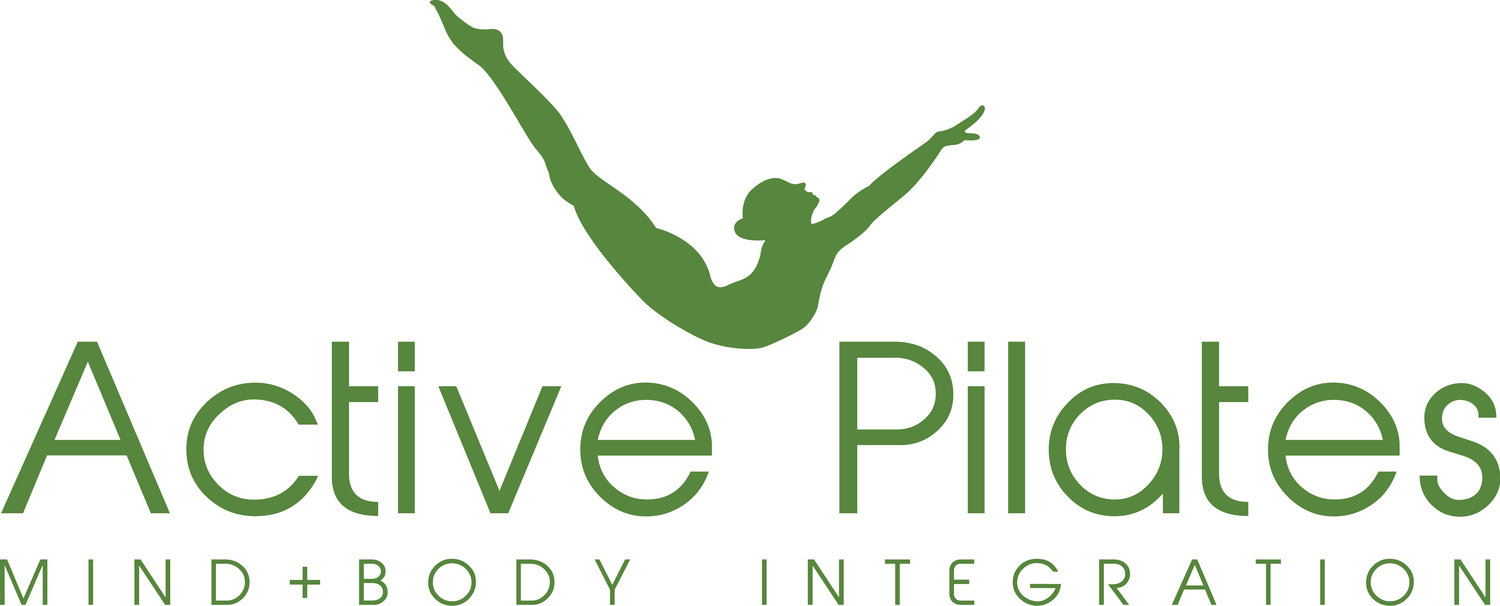Why is it so important to build a strong core?
‘Stronger abs’ or a better ‘six-pack’ is a very common desired outcome when people first start a new exercise regime. Having a more defined waist line, flatter stomach and getting rid of the dreaded ‘love handles’ are sought after physical results when working the abdominal muscles.
The most movement starts at the centre and moves outwards, so aside from making you feel more comfortable in your swimmers at the beach, building a strong core can also provide you with important, long term health benefits:
Help prevent injuries – building a strong core can help stabilise your body, improve your overall fitness and make you less prone to injury.
Decrease occurrences of back pain – with the sedentary lifestyles we often spend hours sitting with a tilted pelvis and an arched back – this weakens our core and leads to pain in the upper and lower back.
Protects your central nervous system – building a strong core helps to protect your inner organs and nervous system.[1]
Consequences of weak abs and core.
Your abs are the anchor of your spine; if they are weak, then other structures, like your back muscles, will have to work harder to support you. Repeated misuse of these muscles can lead to poor posture, upper and lower back pain and ultimately affect your quality of life. By strengthening your core, you can prevent injuries and ensure that your movements are pain-free.
How do strong abs protect your back?
The abdominals provide significant protection against wear on the lumbar disks and back muscles. By preventing excessive rotation of the spine and promoting better posture, you control the curve of your spine and limit instances of pain in the upper and lower back.[2]
What’s the best prevention against developing back pain?
Back pain is a complex issue, and there is no single reason that explains why it occurs. But there are a number of simple things you can do to prevent back pain. It’s all about reducing pressure, relieving strain and of course, strengthening your supporting muscles.
A regular exercise regime that incorporates abdominal and back strengthening will help you develop a stronger and more flexible back. A discipline such as Pilates helps to teach you the correct core–control techniques that result in improved general function and reduced back pain.[3]
“If you maintain good eating habits, you not only will maintain a healthy weight, but you also will not put unnecessary stress on your body.[4]" Make sure your diet is full of fresh fruit and veggies, lean meat and dairy with a focus on calcium and vitamin D will help keep your bones and spine strong.
Being mindful of your posture and alignment will help keep your core engaged and prevent slouching and slumping, which is a common cause of damage to the spine and pain in the upper and lower back.
Where can you get help?
At Active Pilates, Geraldton we welcome you to an opportunity to make a difference in your body. We will introduce you to a fitness routine that suits your unique need. Our classes are designed to help you feel great and maintain life-long fitness. All exercises are appropriate for the needs of our clients to prevent the occurrence of potential injuries. We can also conduct fitness assessments, which enable us to determine the most suitable exercises for your level of fitness and specific requirements.
You can book your initial fitness assessment with Active Pilates by visiting our website here.
“I love Pilates because it is fun, challenging, rewarding, and encouraging.”
Deb, November 2015
1. http://www.besthealthmag.ca/best-you/fitness/5-reasons-to-strengthen-your-core/
2. https://yogainternational.com/article/view/no-more-back-pain-tone-the-right-abs
3. http://www.smh.com.au/lifestyle/diet-and-fitness/core-promises-20091007-gnbv.html 4. http://www.everydayhealth.com/pain-management/back-pain/quick-tips-to-help-prevent-back-pain.aspx

